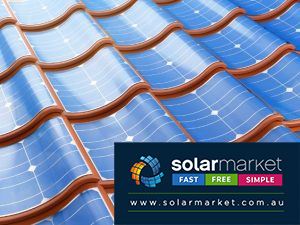As Australia moves away from fossil fuels, renewable energy sources are being adapted to suit our ever-changing environment, society, and personal taste. With an abundance of clear skies and an inherently dry climate, it is no wonder that solar technologies are increasingly popular in the land down under. But what about solar technology that we can wear?
Wearable Solar Technologies
As solar technologies improve so does its versatility for application. Due for release later this year, Japanese researchers have developed wearable solar clothing out of ultra-flexible organic photovoltaic (OPV) technologies. Without jeopardising the performance integrity of the solar technology, the lightweight material is integrated into textile designs through a hot-melt process- similar to the heat print processes of regular T-shirt designs.
The development of a clothing solar design allows wearers to charge their portable devices and wearable tech, eliminating the need to carry portable batteries or chargers. Although the design is only currently 10% efficient, it has the ability to produce up to 20-30 watts of power in optimum sunlight conditions.
The Future in Wearable Solar
The discovery of a flexible, lightweight and heat resistant solar technology such as the wearable organic photovoltaic, greatly expands the possibilities of solar use in the textiles industry. The invention of solar hats, handbags, jackets and shirts literally allows us to power our personal technologies just but stepping outside.
Summary
As Australia embraces renewable energy and transitions away from fossil fuels, solar technologies are evolving to meet various needs. Researchers in Japan have developed wearable solar clothing using ultra-flexible organic photovoltaic (OPV) technologies. This lightweight material is seamlessly integrated into textiles through a hot-melt process, allowing wearers to charge portable devices and wearable tech without the need for external batteries or chargers.
Although the current design is 10% efficient, it has the potential to generate up to 20-30 watts of power in optimal sunlight conditions. This advancement opens up possibilities for solar integration in the textiles industry, enabling the creation of solar hats, handbags, jackets, and shirts that can power personal technologies while being outdoors.
For those interested in utilizing solar power for their homes, Solar Market offers a solar quiz to connect individuals with three accredited local solar installers, providing them with the right solar options. Requesting three free solar quotes can help make informed decisions about solar solutions.
What should I do now?
Interested in how you can use solar to power your home? Take our solar quiz and Solar Market can match you with 3 CEC accredited local solar installers so you can choose the right solar option for you.










